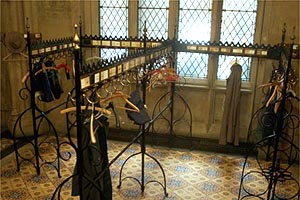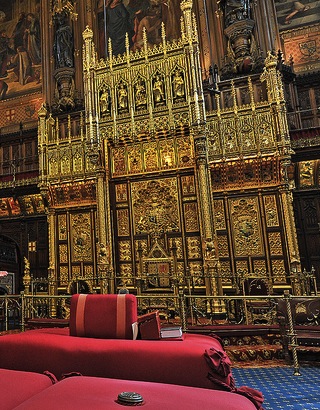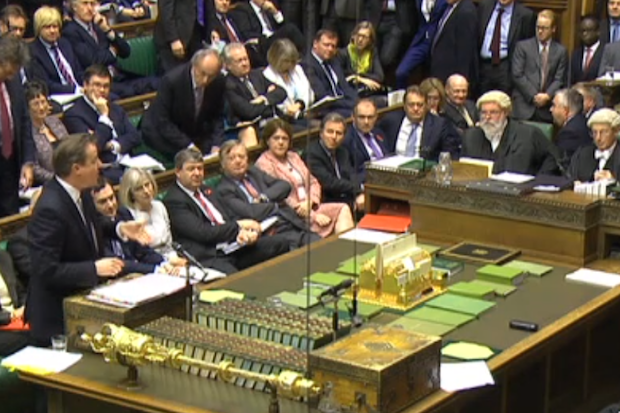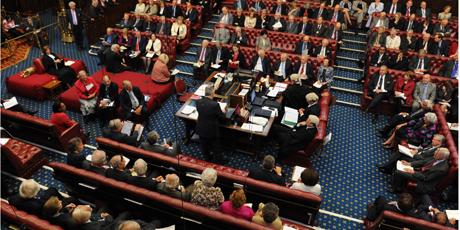For 8 weeks of my gap year I will be surrounded by artistic excellence on a daily basis. Six of these will be on AHA, but the other two, were at the Houses of Parliament. Entering through what became one of my favourite chambers, the Lords’ cloakroom, which feels like a Quidditch locker room with low-arched stone ceilings and iron pegs, the tone is immediately set. This place is as palatial as the name suggests. If this is the cloakroom the rest has much to live up to. I am familiar with the Palace of Westminster from school trips, but even seasoned political veterans tell me that the excitement never spoils. The porters and librarians told me that they still expected books to float from shelves by magic, and that the very coat racks make their responsibilities feel like privileges. The same rubs off on the Lords by all accounts, who are not paid for their work, but willingly attend even when they are wheelchair-bound, so deep is their determination to do well by their titles. (This is by no means all of them, but the members who were present seemed very different the often-publicised carelessness and backwardness of the caricatures of the place.)
On my first day I was swept into the House of Lords while still in session, and on the second, Prime Minister’s Questions in the Commons. Seeing both Houses in use is the best way to understand their roles in UK politics. The Commons seems like a school hall, with booing and jeering on both sides, and folders of notes littering the space. The warmer, grander shapes and colours of the Lords Chamber inspire a more solemn atmosphere. This chamber survived the war in its original form, unlike the Commons, and the sanctity of age remains, helped by the undeniably lavish thrones that stand at one end, creating a shimmering and stately presence, a reminder of royal power.
A visiting colleague of my boss whispered to me in the House of Lords “I don’t think they had the word tacky in the 1850s”. Her observation, I felt, while gazing at the throne built for Queen Victoria, was apt, but the decadence of the Neo-Gothic Palace is not tasteless, but purposeful. It is home to tradition and innovation, to bureaucracy and efficiency, in surroundings that are not as austere as they seem. The rich red of the chamber and the gilt decoration gives an atmosphere that inspires respect without self-importance and a formal touch that was absent in the Commons during Prime Minister’s Questions.
As for the rest of the Palace, the room that made its mark on me the most was the Prince’s Chamber. While the marble, life size statue of Victoria on one side makes you want to bow or curtsey, the wives of Henry VIII that adorn the upper walls seem conspiratorial and inviting, seen together like a team, ready to wink down at willing assistants to their mission to help women have a hand in the political game. Smiling at Anne Boleyn daily certainly made me feel a little less intimidated.
Across Bridge Street from the Palace (or through a tunnel under the road) stands a totally different structure, and one little accredited for the work of Parliament. Portcullis House, home to much of BBC’s The Thick of It, is just as beautiful, just as official as its Victorian neighbour, but this 1990s structure, full of glass and metal beams and indoor trees, feels very much like the catalyst or the oil for the creaky cogs that make up politics next door. The buildings mimic one another in their Gothic-derived styles, and this represents their functions perfectly, one built as a re-imagining of a centuries-old style to house a centuries-old institution, the other to re-imagine the same again, both adding modernity and relevance to tradition.
If I learnt anything in my fortnight at Westminster, it was that the Palace does not mean luxury, but a beautiful place that rewards the eye in return for good work and solid government. As we find out all too often, this is not always the case, and so this monumental building is a beacon of optimism as well as a Palace of politics.
Photos thanks to www.theguardian.com/uk, parliament.uk, blogs.spectator.co.uk, http://www.flickr.com/photos/uk_parliament/5765138884/






